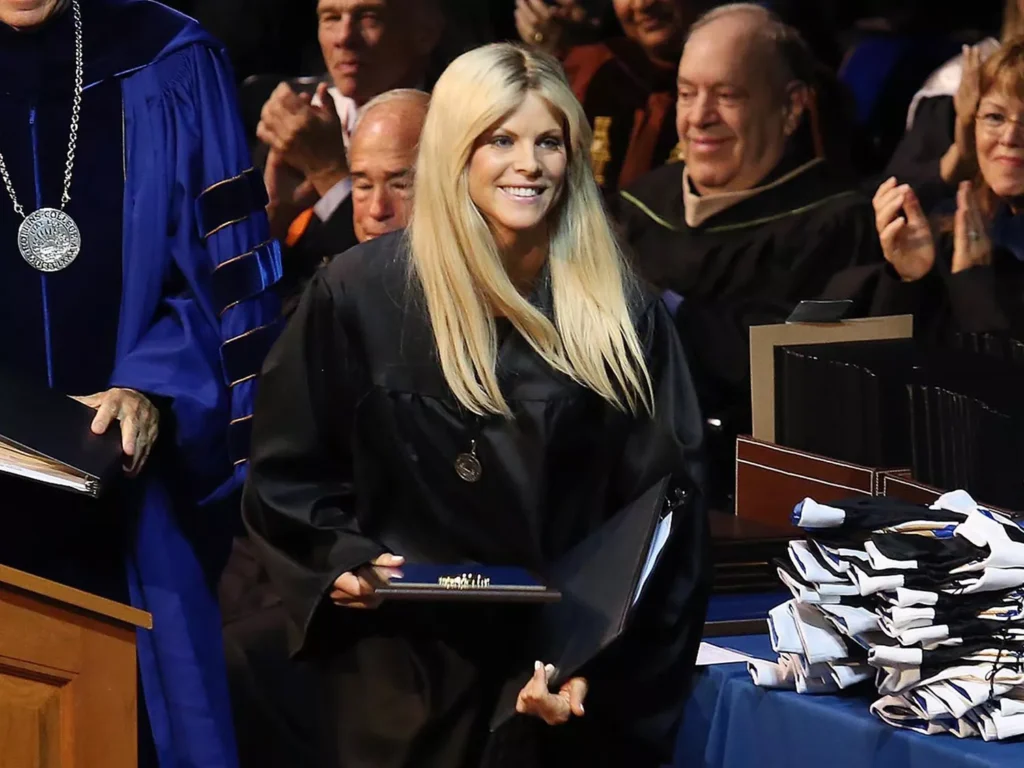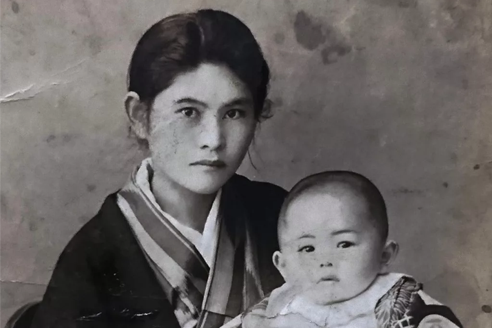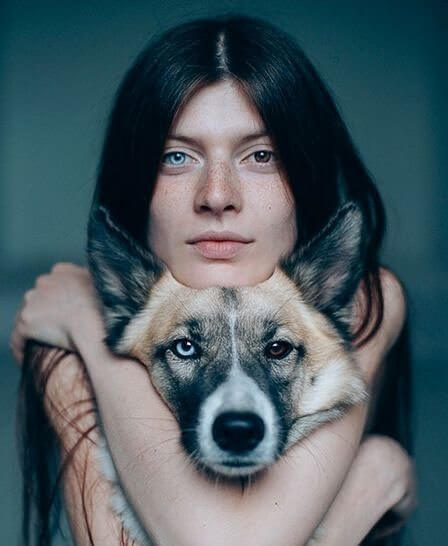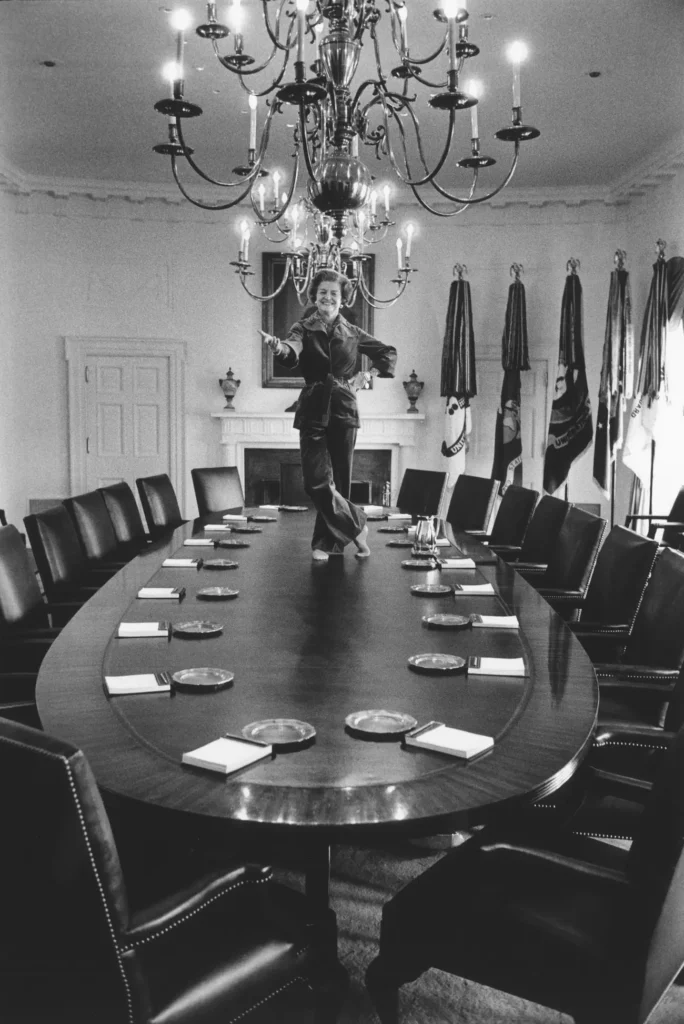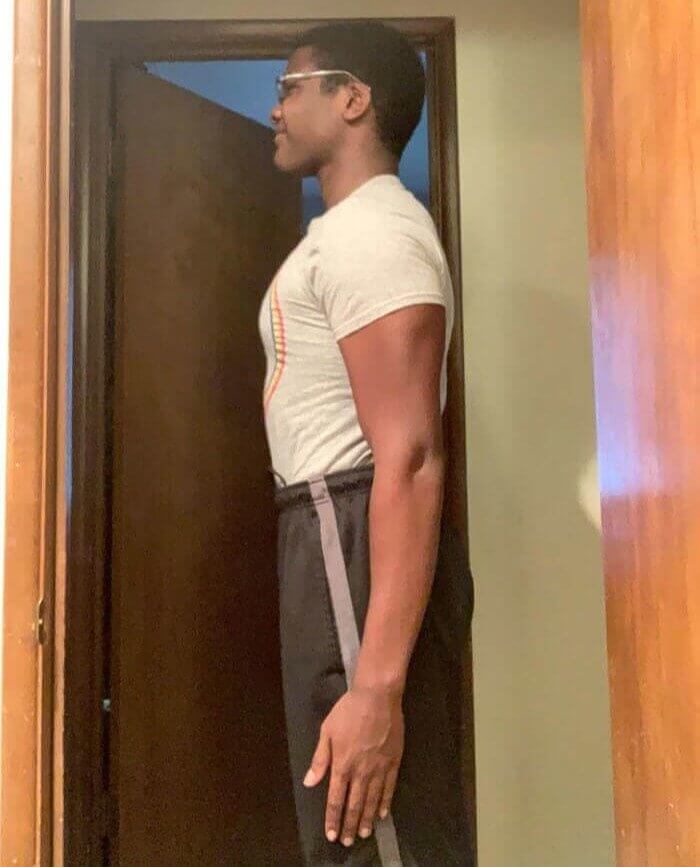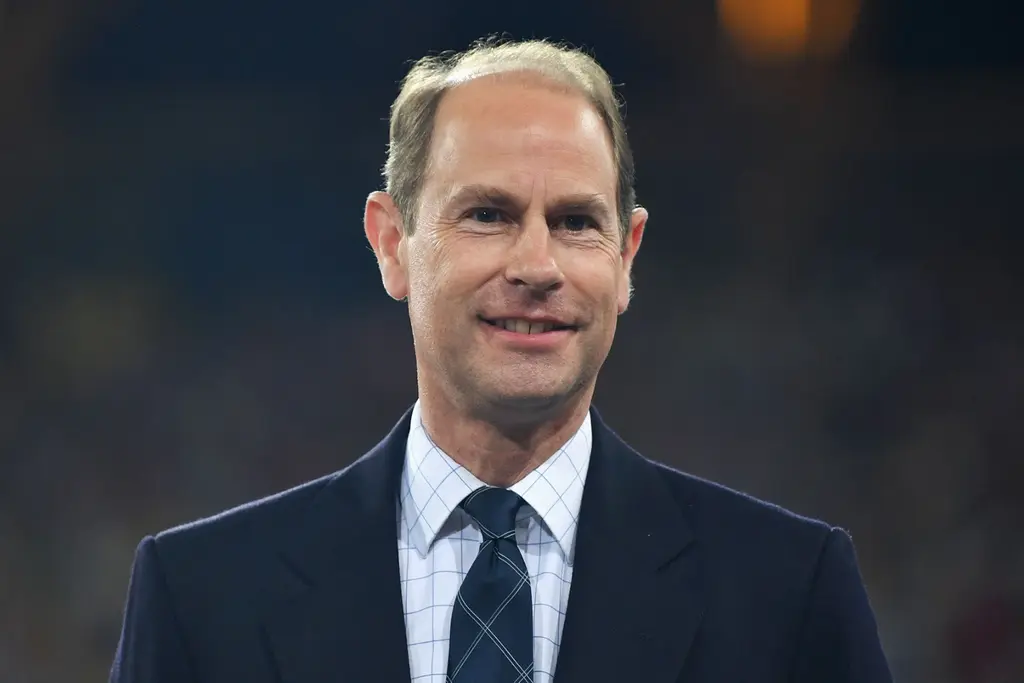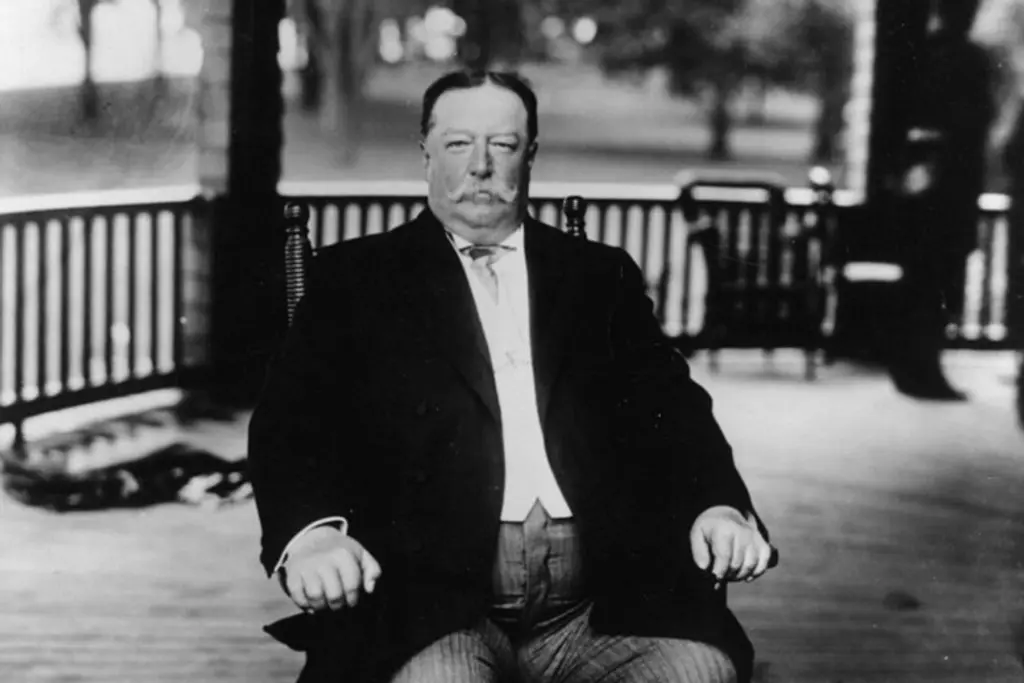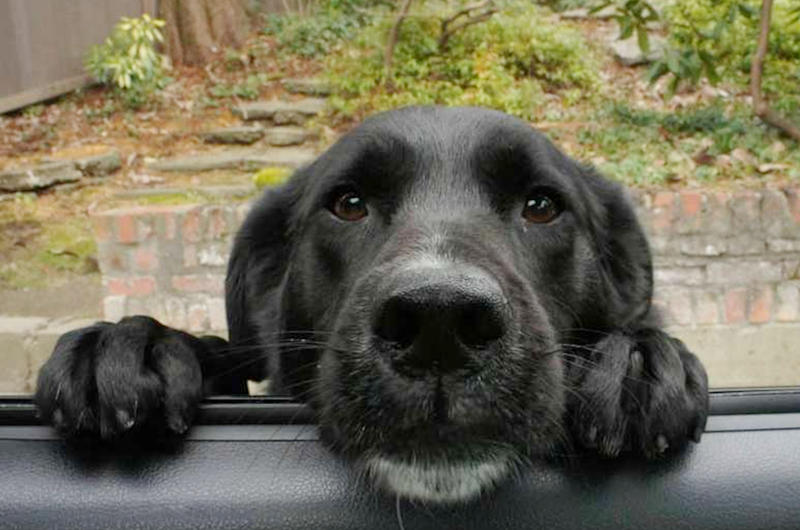How Parrots Learn to ‘Parrot’

Parrots are beautiful. They are brightly colored and simply incredible to look at. They’re also easier to care for than a dog or cat, requiring less maintenance and day to day attention. But despite all these advantages, there’s one reason parrots maintain their hold on the human imagination: they can talk! There is no other animal species capable of mimicking the unique sounds of human speech. But how is this possible? Just how do parrots learn to “parrot” the words of their owners? Research suggests it’s a simple, natural process.
Parrots’ Physiology Allows Them to Make Human Sounds
Most animals lack the necessary hardware to recreate the sounds of human language. Parrots, on the other hand, have mechanisms within their bodies that allow them to imitate human speech. At the bottom of their trachea parrots have a language-shaping structure called a syrinx, which operates in a similar fashion to the human larynx. Like a larynx, the aviary syrinx works with the tongue to manipulate sounds as they pass through the trachea and out of the mouth. Parrots also have larger tongues than most other birds, which helps them produce human language sounds.

Parrots Just Want to Fit In
Like most animals, parrots are social creatures. Separation from the group can leave them vulnerable in the wild. That is why parrots developed the instinct to mimic the sounds they hear around them. An individual bird copies what it hears in order to fit in with the rest of the community. In the wild, this of course means the individual copies other birds, thereby learning the natural language of its fellows. In captivity, however, a parrot will imitate the human sounds it hears in order to fit in with its new “flock”.
A Semblance of Meaning
Parrots in captivity learn to do more than just randomly repeat words with no connection to the situation. They can often learn the general context in which words are used. This means a parrot may develop the habit of saying “what’s up” when its owner enters the room or yelping an expletive when the atmosphere grows heated. This does not mean that the parrot fully understands what it is saying. No bird is conscious of the fact that “what’s up,” is an invitation for the human to share their current feelings or that **** shouldn’t be screeched when children are home. The parrot has merely learned that certain stimuli should be met with specific sounds.

Rigorous Training Leads to Greater Understanding
Most parrots have a maximum vocabulary of around one hundred words, a limit that even serious training cannot usually overcome. What practice and patience can do, however, is deepen the parrot’s understanding of what the words really mean. Birds can be taught to vocalize seemingly complex concepts, like colors, shapes, and numbers. They can also learn to use linguistic approximation, identifying an object by the name of another similar item. These types of feats demonstrate that parrots combine their linguistic capabilities with remarkable mental acuity.
With their surprising intelligence, propensity for mimicry, and aptly-positioned vocal mechanisms, parrots have all the tools to be our perfect aviary companions. And while it’s impossible to have a full-fledged conversation with one of our feathery friends, to even hear the words come out of their beaks is remarkable.




